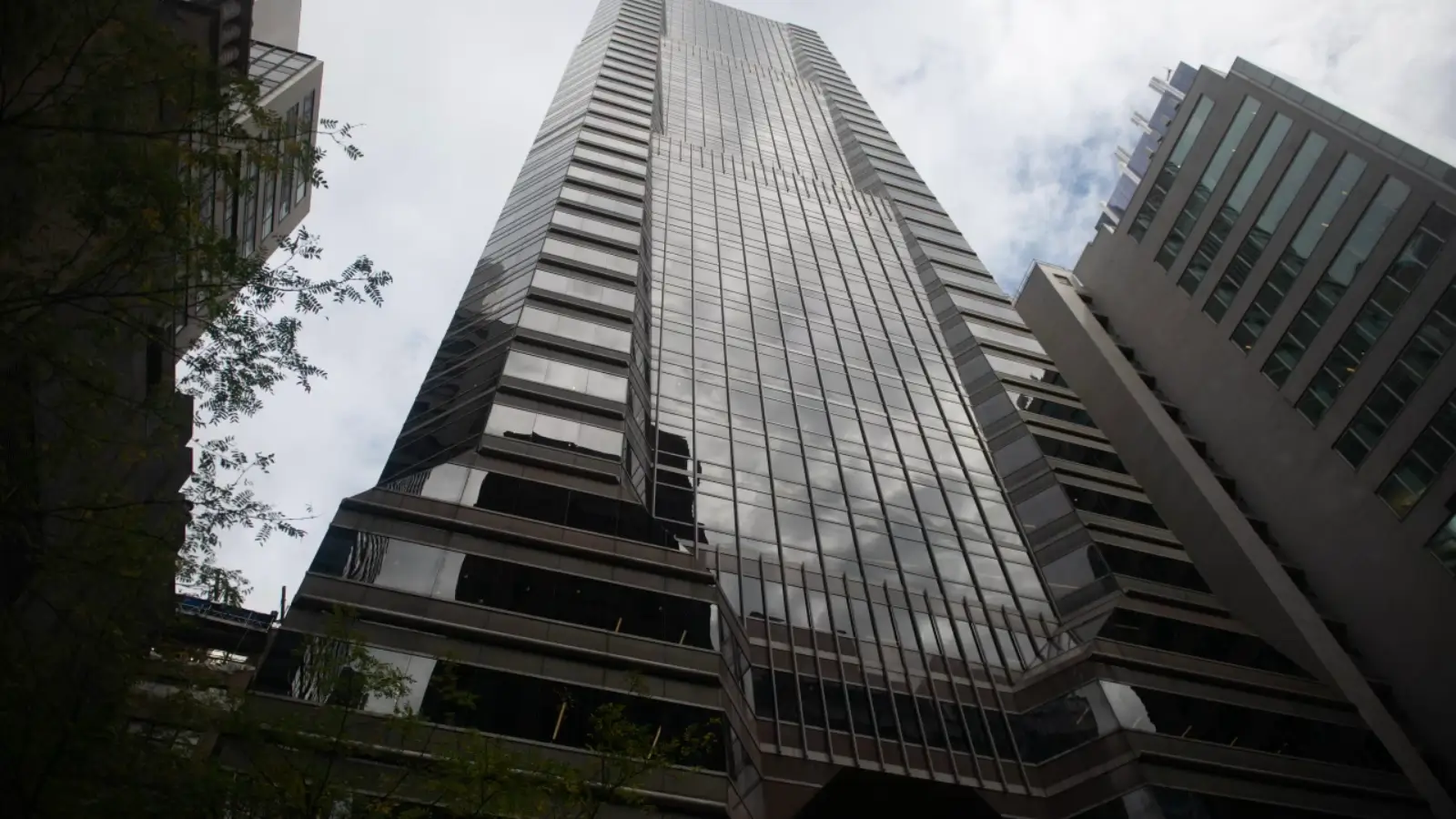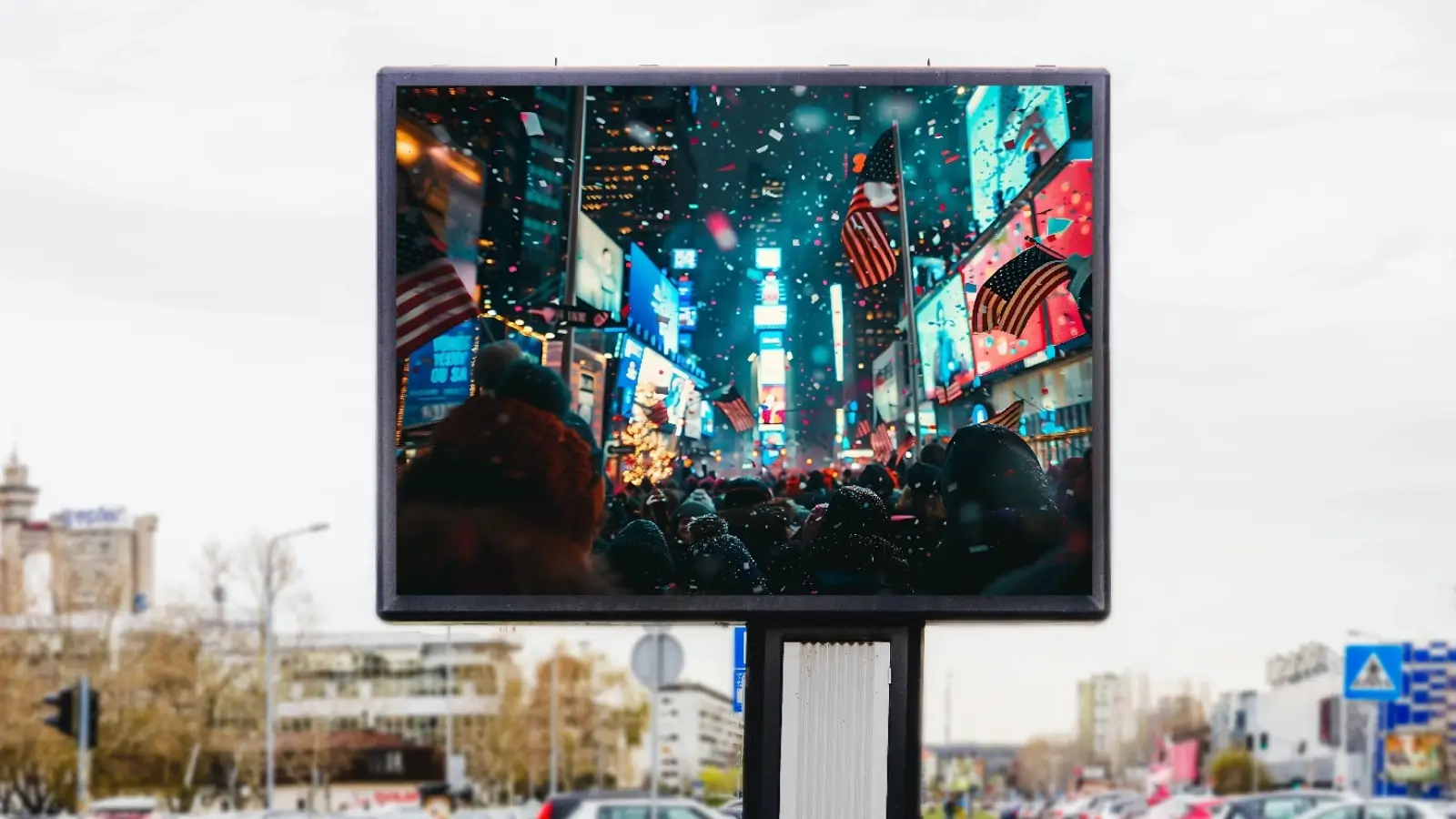


You've probably heard it a thousand times: "Digital is king, traditional media is dead." Yet here we are in 2025, and those towering billboards along highways are still catching your eye during your morning commute. Funny how that works, isn't it?
The truth is, out-of-home (OOH) media has not only survived the digital revolution—it's thriving alongside it. While everyone was busy predicting the death of billboards, smart marketers were quietly discovering why this century-old advertising medium remains one of the most effective ways to reach consumers.
If you're wondering whether billboard marketing deserves a spot in your 2025 advertising strategy, this post will show you exactly why OOH media continues to deliver results that digital-only campaigns simply can't match.
OOH advertising has experienced remarkable growth over the past few years. While other traditional media channels have struggled, billboards and digital displays have found new life in our increasingly mobile world.
The secret? People are spending more time outside their homes than ever before. Whether commuting to work, traveling for business, or exploring their cities, consumers are constantly exposed to outdoor advertising messages. Unlike online ads that can be blocked or skipped, billboard advertising creates unavoidable brand encounters in the real world.
Media agencies like Excite OOH have witnessed this resurgence firsthand, helping brands leverage the unique advantages that only outdoor advertising can provide. The combination of mass reach, high visibility, and creative flexibility has made OOH an essential component of modern marketing strategies.
Let's be honest—when was the last time you sat through a full online video ad without hitting skip? Or browsed the web without an ad blocker? Digital fatigue is real, and consumers have become experts at avoiding online advertisements.
Billboards don't give people that luxury. They're part of the physical landscape, impossible to scroll past or click away. This creates genuine brand exposure that digital ads struggle to match.
There's something uniquely powerful about a 14-foot by 48-foot canvas that demands attention. Billboards command visual real estate that no other medium can replicate. When your message is displayed at that scale, it becomes part of the environment—impossible to ignore and difficult to forget.
The sheer size creates an emotional response that smaller digital ads simply cannot achieve. Your brand doesn't just appear on a screen; it dominates the skyline.
Here's where it gets interesting: billboard advertising actually complements our mobile-obsessed culture perfectly. While people are constantly looking down at their phones, they still need to look up when driving, walking, or navigating through cities.
Those moments when people lift their heads from their devices? That's prime billboard territory. OOH media captures attention during these brief but crucial windows when consumers are most receptive to environmental messaging.
Modern billboard advertising offers sophisticated targeting capabilities that rival digital platforms. You can choose specific locations based on:
This level of precision means your message reaches the right people at the right time and place, but with the added benefit of massive scale that only outdoor advertising can provide.
There's an inherent credibility that comes with billboard advertising. Consumers subconsciously associate outdoor advertising with established, trustworthy brands. When people see your message on a prominent billboard, it signals that your company has the resources and confidence to invest in high-visibility marketing.
This psychological effect, known as the "billboard credibility factor," helps build brand recognition and trust in ways that digital advertising often struggles to achieve.
Smart marketers don't view OOH media as competition to digital advertising—they see it as the perfect complement. Billboard campaigns work exceptionally well when integrated with online strategies:
The most successful advertising strategies in 2025 combine the mass reach of billboard marketing with the precision targeting of digital platforms.
Success in OOH advertising starts with location selection. High-traffic areas aren't always the best choice if they don't align with your target audience. Consider:
Billboard advertising demands clarity. You have approximately 6 seconds to communicate your message to passing drivers or pedestrians. This constraint actually forces better creative work—every word and visual element must earn its place.
Focus on one key message, use bold visuals, and make your brand name prominent. Complex messages get lost at highway speeds.
Modern OOH advertising offers more measurement capabilities than ever before. Track metrics like:
These insights help refine your approach and demonstrate ROI to stakeholders who might be skeptical about traditional media effectiveness.
As we move deeper into 2025, billboard marketing continues evolving with technology while maintaining its fundamental strengths. Digital billboards offer dynamic content capabilities, while traditional static displays provide cost-effective mass reach.
The rise of programmatic OOH buying makes campaign management more efficient, while improved measurement tools provide better accountability. These developments ensure that outdoor advertising remains relevant and effective for brands of all sizes.
Smart marketers understand that the most effective advertising strategies don't rely on single channels. They combine the best aspects of digital precision with the unavoidable impact of physical presence. Billboard advertising provides that physical presence in ways that no other medium can replicate.
The evidence is clear: reports of billboard marketing's death have been greatly exaggerated. In our hyper-connected, screen-saturated world, outdoor advertising offers something that digital platforms cannot—guaranteed visibility in the real world where consumers live, work, and travel.
Consider adding OOH media to your 2025 marketing strategy. Start with a small test campaign in a strategic location, measure the results carefully, and scale what works. The combination of mass reach, creative impact, and strategic flexibility might surprise you.
After all, while everyone else is fighting for digital attention spans measured in milliseconds, you could be capturing audience attention measured in city blocks.